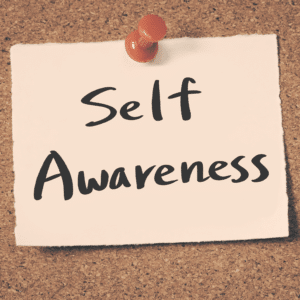介紹
批判性思考是一項重要技能,應該在學校和家裡學習。批判性思考不僅僅是理解考試材料;還包括理解考試材料。它是關於能夠有效地處理訊息,評估自己和他人的想法,並根據您所知道的做出正確的決策。作為教育工作者,我們希望我們的學生發展這些技能,因為這些技能將幫助他們終生解決大大小小的問題。但我們要如何到達那裡呢?教師可以透過以下一些方法幫助學生培養批判性思考能力:
1. 幫助您的孩子辨識邏輯謬誤。
Logical fallacies are errors in reasoning. They’re common in arguments and can be used to manipulate people, but they don’t necessarily have any bearing on the truthfulness or strength of an argument itself.
One example of this is ad hominem–arguing against someone’s character rather than their ideas. If you say “you’re wrong because you’re selfish,” that doesn’t mean anything about whether or not what you said was true! Another example is straw man: misrepresenting someone else’s argument so that it can easily be refuted (and therefore make yourself look smarter). For example: “I don’t think we should spend money on helping poor people because they’ll just spend it all on alcohol.” This might sound like a good argument at first glance–after all, isn’t there some truth to it? But really all this person has done here is take an idea from another person’s perspective and twisted it into something else entirely so that he/she can attack an easier target instead of challenging his/her actual point of view directly (and maybe even learn something new).
2. 教導他們探索問題的各個面向。
Teach your students to explore all sides of an issue.
You can do this by asking them to come up with a list of pros and cons, or the advantages and disadvantages of something. Explain that there are always multiple points of view on any issue, and that it’s important to understand both sides before making decisions or judgments about what is true or false.
3. 幫助他們批判性地思考他們所消費的媒體。
Media literacy, or the ability to critically analyze and evaluate media, is an important skill for students to develop. In order to help them do this, you should encourage them to ask questions about how the media is biased and what kinds of messages it sends. They should also learn how to analyze these messages so they can make informed decisions based on their own critical thinking skills instead of just following along with what they see in the news or on social media sites like Facebook or Twitter.
You should also teach students how they can use the media effectively in their own lives: for example, if you want people who are watching your movie trailer online (or even better yet at home) will then go out buy tickets for opening day!
4. 挑戰學生的想法,然後讓他們提出更好的想法。
為了幫助你的學生培養批判性思考能力,你必須先教導他們接受批評。您可以透過鼓勵他們思考自己的想法以及如何改進它們(例如,使用蘇格拉底方法)來做到這一點。鼓勵學生開放的另一種方法是互相使用同儕審查或評分標準,以便他們從彼此的錯誤和成功中學習。
5. 要求學生定義自己的問題並為自己創造解決方案。
As you can see, critical thinking is an important skill to develop in students. The best way to do this is by encouraging them to think critically about their own lives and problems.
In order for students to develop critical thinking skills, they need opportunities where they can practice them. One great way of doing this is by asking your students: “What’s the problem?” or “How can we solve this?” You could also ask them what they think would happen if they did something differently next time around.
6. 經常提供有關作業、論文和測驗的回饋,以強化您希望他們在課堂和家庭中培養的技能。
- 經常提供有關作業、論文和測驗的回饋,以強化您希望他們在課堂和家庭中培養的技能。
- 請務必定期提供回饋(至少每季一次)。
- 將您的評論重點放在他們工作的優點和缺點上,而不是僅僅告訴他們做對了或錯了。這有助於學生了解如何改進他們的工作。
培養批判性思考技能是教導學生如何以多種方式進行批判性思考的重要部分
Critical thinking is an important part of teaching students how to think critically in a variety of ways. Students need critical thinking skills to be successful in school, college, and life. Critical thinking helps them think more clearly and make better decisions. It also helps them be more creative and innovative.
By developing these skills during the early years, you can help your child develop a lifelong love of learning that will benefit them throughout their educational career (and beyond).
結論
培養學生批判性思考能力的最佳方法是幫助他們認識邏輯謬誤,探索問題的各個方面,批判性地思考他們所消費的媒體並挑戰自己的想法。您還可以經常提供有關作業、論文和測驗的回饋,以強化您希望他們在課堂和家中培養的技能









